Foreign Policy and the Nuclear Issue
⮚ IAEA Report and the Reimposition of UN Sanctions
On May 31, 2025, the International Atomic Energy Agency (IAEA) published a report stating that Iran had engaged in covert nuclear activity at several sites prior to 2003—activity that may have been part of efforts to assemble a nuclear weapon. According to the report, Iran has not provided satisfactory explanations for this activity. The report could serve as the basis for a resolution against Iran at the IAEA Board of Governors meeting on June 9, and the matter may be referred to the UN Security Council.[1]
In response to the IAEA’s findings, Iran sent the agency a 19-page letter rejecting the claims made in the report and labeling them “false” and “defamatory.”[2]
Iran argued that the IAEA’s findings at the sites in question were not the result of problematic nuclear activity but rather the outcome of “sabotage” or “hostile actions” intended to deliberately contaminate the sites. It is worth noting that Iran—in what is a precedent—did not, in this statement, deny the existence of problematic findings at the sites in question.[3] However, Iran does deny that it is conducting any covert nuclear activity.[4] In addition, a formal letter sent by the regime to the IAEA Board of Governors included a warning against “the West’s misuse of Iran’s patience” and stated that unilateral actions by the West would trigger “a proportionate response” from Tehran.[5]
In parallel, Iranian Foreign Minister Abbas Araghchi and his deputies expressed strong criticism of the IAEA. Araghchi stated that “the IAEA must not become a political tool.” [6]Likewise, in his June 2 meeting in Cairo with IAEA Director General Rafael Grossi, he stressed that the agency must not allow its credibility to be subjected to pressure and political agendas from certain member states.[7]
In addition, a joint statement by the Iranian Foreign Ministry and the Atomic Energy Organization of Iran declared that “if certain countries intend to misuse the current report during the Board of Governors meeting, Iran will adopt and implement appropriate measures in response to such an approach, in order to protect the legitimate rights and interests of the country, and those countries will bear responsibility and consequences.”[8]
Separately, Iran is negotiating with Germany, France, and the United Kingdom amid concerns that the latter may activate the snapback mechanism from the 2015 Joint Comprehensive Plan of Action (JCPOA) nuclear agreement. This mechanism is intended to reinstate UN Security Council sanctions on Iran that were lifted following the agreement’s signing. Alongside ongoing meetings between the parties, Araghchi warned these countries that “if this mechanism is triggered, Iran’s response will be severe.”[9]
⮚ The U.S. Proposal and the Enrichment Issue
On June 3, media reports revealed parts of a U.S. proposal delivered to Iran via Oman. The core of the proposal involved the establishment of a regional enrichment consortium including Iran, Saudi Arabia, the United Arab Emirates, and Qatar, without explicitly addressing the fate of Iran’s enrichment program.[10]
Most Iranian statements in this context emphasized Iran’s determination to continue enrichment activities on its own soil, presenting them not just as a technical demand but as an inalienable national right. Supreme Leader Ali Khamenei and several other senior officials made clear in response to the proposal that a nuclear industry without independent enrichment capability is irrelevant to Iran’s needs. Khamenei stated that dependence on (foreign) enrichment would render Iran reliant on other countries to meet the population’s basic needs.[11]
President Masoud Pezeshkian likewise declared: “We will not agree to let others decide the future and destiny of our nation. The Islamic Republic of Iran is always prepared to listen to rational discussion, but it will never accept bullying.”[12]
Additional remarks on Iran’s red lines came from the Supreme Leader’s advisor and former secretary of the Supreme National Security Council, Ali Shamkhani,[13] as well as from a government spokesperson.[14]
The foreign minister continued to stress in his statements that enrichment is a red line not subject to negotiation.[15] However, Araghchi also stated: “If the United States understands the essence of Iran’s nuclear program, we are ready for an agreement”—thus leaving the door open to further talks.[16] Iran however has not yet responded regarding a new date for negotiations. Araghchi said a date would be set once Iran replies to the U.S. proposal.[17]
Meanwhile, regime-affiliated Iranian media have suggested that Iran was not merely seeking symbolic enrichment activity, but that it requires enrichment to meet pressing national challenges—specifically the water[18] and electricity crises.[19]
In parallel with official declarations emphasizing that Iran seeks a purely civilian nuclear program, voices continue to emerge in Iran making veiled and sometimes outright threats about assembling a nuclear bomb. Member of the Majlis Foreign Affairs and National Security Committee, Ahmad Bakhshayish Ardastani, said: “We have now reached a point where we possess enough 60% enriched uranium to produce several atomic bombs. The three hundred kilograms of uranium stored in Iran equals ten atomic bombs, and if Israel continues its threats, we can increase the enrichment level even further.”[20]
⮚ Russia’s Involvement in the Negotiations
The Kremlin reported that Russian President Vladimir Putin offered U.S. President Donald Trump assistance regarding the nuclear negotiations with Iran.[21] The conversation between the two leaders took place after Tehran publicly rejected the American proposal on the grounds that it does not recognize Iran’s right to enrich uranium on its own soil. It is worth noting that after the first round of talks between Iran and the United States, the Iranian foreign minister flew to Moscow and met with Putin—an indication of the high level of trust and coordination between the two sides.
Military and Security
⮚ Emergency Preparedness
On June 5, the Wall Street Journal revealed, citing informed sources, that Iran is expecting a large shipment of ammonium perchlorate from China in the coming months. This chemical is used in the production of solid fuel for missiles. According to the report, Iran ordered an amount sufficient to manufacture approximately eight hundred ballistic missiles. The report claimed that the order was placed several months ago, prior to the start of negotiations with the United States and before the major explosion at the Shahid Rajaee port. Subsequent reports in the wake of the explosion stated that it may have been caused by improper storage of one of the components of ammonium perchlorate.
According to the report, the current shipment is apparently intended to replenish launch capabilities that were damaged in the Israeli strike of October 2024, which targeted, among other things, Iran’s missile industry. Sources familiar with the matter also told the WSJ that at least part of the shipment is expected to be transferred to the Houthis in Yemen, who regularly fire ballistic missiles at Israel.[22]
Against the backdrop of the nuclear negotiations, Iran’s armed forces continue to maintain an elevated level of readiness. The commander of the “Khatam al-Anbiya” Air Defense Headquarters, Alireza Sabahifard, visited air defense positions in the Tehran region.[23] This follows other inspections and drills to assess readiness held across the country—particularly in the western regions and around nuclear facilities. Against this backdrop of heightened preparedness, Islamic Revolutionary Guard Corps (IRGC) Commander Hossein Salami declared: “We say to the Americans that we are prepared for any scenario. Our finger is on the trigger, and we are lurking, waiting for them. If they make any foolish moves, they will immediately be met with responses that will make them forget their entire past.”[24] Salami also addressed the Israeli threat, stating: “Israel knows full well what power Iran possesses. In the event of a confrontation, it is the Zionist regime’s targets that will be destroyed… the Israelis are well aware of Iran’s capabilities.”[25]
In a related statement, an advisor to the commander of the army’s air defense forces said: “At sea, the Iranian navy, through control of strategic chokepoints and a range of naval equipment, ensures the security of vital maritime routes. Likewise, the air force—by employing modern aircraft—maintains a balance of defense and offense.”[26]
On May 31, the IRGC’s Fatehin Tehran commando division conducted combat, diving, and beach landing drills in the Persian Gulf.[27]
⮚ Regime Concerns over Erosion of Support
Senior regime spokespersons have recently expressed concern about the penetration of Western ideas into Iran and the resulting erosion of public support for the regime and for the concept of the Islamic Revolution. Iran’s Minister of Defense and Armed Forces Logistics, Brigadier General Amir-Aziz Nasserzadeh, stated: “The revolutionary ideas, mobilization, and jihad that were present at the beginning of the revolution have now faded among the youth, because we have done little. At the same time cultural invasion has been and remains widespread. We must act in this domain.”[28]
Similarly, IRGC spokesperson Brigadier General Ali-Mohammad Naeini addressed the issue, stating: “Our cultural model is no longer effective, especially among the younger generations, and our cultural governance is facing serious challenges. Many of those responsible for cultural affairs do not have a background in the field, and for this reason we have not performed as we should have in the soft power arena.”[29]
⮚ The Hijab Law
The hijab issue continues to serve as a flashpoint for social tension in Iran. Majlis Speaker Mohammad Bagher Ghalibaf reported that the Supreme National Security Council had submitted a written request to suspend the advancement—and, by extension, the implementation—of the hijab law.[30] Nevertheless, Ghalibaf expressed confidence that the law would eventually be enforced, in accordance with legislation.[31]
Since the Mahsa Amini protests (2022–2023), the authorities have managed the hijab issue with increased caution, for fear of sparking further social unrest. In this context, the Fars News Agency, which is affiliated with the IRGC, reported that students had gone without the hijab in public spaces at Allameh Tabataba’i University in Tehran. Fars criticized the university administration for failing to do enough to enforce dress codes. It also stated: “Even though the alarm bells of a scandal in research and education have been ringing for some time, who is listening??” — a warning against the failure to deal with the phenomenon.[32]
Further reference to the hijab issue came from the Friday prayer preacher in Khorasan, who said: “The spread of prostitution is a societal disaster. I emphasize that serious attention must be paid to the hijab issue in society. Unfortunately, in matters such as these, no serious action is being taken.”[33] Friday prayer sermons are directed by the office of the Supreme Leader, and these remarks can therefore be seen as made with its approval.
The Socio-Economic Arena
Reports about Iran’s energy crisis, which has hit hardest in the water and electricity sectors, continue to emerge. Citizens in southern provinces reported sudden power outages that damaged household appliances.[34] Residents of these regions also reported water shortages, just as the hot and dry season commences.[35]
It appears that the regime is attempting to leverage the negotiations with the United States to generate optimistic expectations in the economic sphere. Beyond emphasizing the importance of enrichment as a national and strategic asset, regime-affiliated media have highlighted the expected improvement in living standards Iran’s civilian nuclear program is expanded. The central focus is on improving electricity generation capacity, though media also brought up the possibility that shortages in essential goods such as food and medicine could be alleviated.[36] These efforts to create public expectations seem aimed at temporarily calming the population and shifting blame to external actors in the event of failed talks and a continued energy crisis.
Nonetheless, the structural problems in managing the energy crisis persist: Iran’s policy for keeping it energy and water sectors functioning is based mainly on deliberately cutting supply to certain consumers by sector and/or during peak hours. This approach has triggered pressure on the government from various sectors seeking to minimize the damage to their operations.
For example, the Deputy Minister of Agriculture stressed that power cuts in the agricultural sector should be “a last resort,” due to their impact on food supply.[37] This followed his previous statements calling for farmers to be exempt from power outages—unlike other sectors that have been affected, such as the steel industry.
The water crisis continues to take its toll as well. In parts of Tehran, the supply of drinking water has been interrupted for as much as up to 14 hours— according to the authorities, due to infrastructure work.[38]
Human Rights and Repression
⮚ The Truck Drivers’ Strike
The widespread strike by truck and heavy transport drivers, which began on May 24, continued across Iran at least until June 1.[39] Since then, no new reports or updates have emerged, including from opposition sources. The strike was reportedly one of the most significant in recent years—one that had the potential to paralyze the country’s economy and serve as a catalyst for broader civil unrest.[40] The strike generated widespread public support, with other unions joining in[41] and solidarity events taking place.[42] The regime moved to suppress the strike by arresting more than forty drivers and supporters,[43] and the use of increased pressure by the security agencies through summons for questioning.[44]
At the same time, the government is working to address the protesters’ core demands by revising fuel quotas, updating the ton-kilometer index (which determines drivers’ compensation), and pledging to review insurance issues.[45] Government officials also held meetings in the Majlis with representatives of the strikers and relevant authorities.[46]
According to the conservative Kayhan newspaper—which portrayed the protest as legitimate—it appears that the regime has sought to end the strike through compromise, and deliberately avoided, at least publicly, condemning the protesters or confronting them head-on.[47]
⮚ Political Prisoners
On May 30, imprisoned Iranian rapper Tataloo was rushed to hospital following a suicide attempt.[48] Iranian social activists, both inside the country and abroad, are closely monitoring his condition. Although he has been sentenced to death, the verdict has not yet been finalized.
Meanwhile, Nobel Peace Prize laureate Shirin Ebadi, who currently lives outside Iran, criticized UNICEF’s representative in the country for failing to do enough to protect the rights of minors—particularly when it comes to executions. She also emphasized that the Iranian regime systematically uses the children of political prisoners to exert pressure on their parents.[49]
Also, eighty-four Iranian and international human rights organizations condemned the executions of Afghan nationals in Iran.[50] It is worth noting that in response to the influx of refugees and migrants from Afghanistan, Iranian authorities have sought to seal the border between the two countries and to force Afghans to return, either through coercion or sanctions.
Politics
Core domestic issues in Iran are also fueling tensions within the Iranian political system—chiefly between the Majlis, which is controlled by conservatives (with 198 conservative members versus forty-two reformists), and the government, which is composed primarily of moderates. In addition to principled disputes between the two camps, it appears that conservative representatives are seizing every opportunity to criticize their rivals.
⮚ On the Nuclear Issue
Despite a display of unity regarding the negotiations with the United States, underlying tensions remain between factions over how to approach the talks. Kayhan, whose editor is close to Supreme Leader Khamenei, published a sharply critical op-ed denouncing engagement with the U.S. at a time when Washington continues to impose sanctions on Iran.[51] The piece asked: “What justification is there for continuing such negotiations with a party that, instead of showing goodwill, beats the drums of threats and sanctions?” Kayhan also harshly criticized those in Iran who support joining the Financial Action Task Force (FATF), hinting that they are aligned with regime opponents.[52]
⮚ On the Economic and Energy Crisis
Majlis Speaker Ghalibaf criticized the government’s policies, which he said have led to an “energy imbalance,” despite Iran’s vast oil and gas reserves.[53] The deputy chair of the Article 90 constitutional oversight commission declared that the main reason for the crisis is mismanagement.[54] Kayhan, once again, did not spare the government: it published an article titled “What the Government Needs Today—From ‘Stereotypical Meetings’ to ‘Being Among the People to Solve Their Problems,’”[55] echoing Khamenei’s own statements about the need to draw closer to the people and understand their suffering.
⮚ On the Hijab Issue
The Majlis is moving forward with efforts to remove the Minister of Culture and Islamic Guidance from office due to dissatisfaction with the performance of one of his deputies.[56] This is not the first time the Majlis has moved to impeach a minister. It has previously debated the dismissal of the transport and energy ministers and removed the minister of economy.
Despite the contrarian posture of the Majlis and the conservative camp toward the government, First Vice President Mohammad Reza Aref convened a forum of government ministers past and present (including conservatives) in a bid to promote dialogue between the factions. In his speech at the event, Aref said: “In the fourteenth government, whose core slogan is ‘unity,’ there is no excuse for failing to cooperate with the Assembly. The Assembly is the spiritual asset of the regime.”[57]
[1] https://www.reuters.com/world/china/iaea-report-says-iran-had-secret-activities-with-undeclared-nuclear-material-2025-05-31/
[2] https://farsnews.ir/Tehrani/1749134720800167548
[3] https://www.tasnimnews.com/fa/news/1404/03/17/3329808
[4] https://www.tasnimnews.com/fa/news/1404/03/11/3325195
[5] https://farsnews.ir/akramsharifi/1749290780147574024
[6] https://www.asriran.com/fa/news/1065420
[7] https://www.asriran.com/fa/news/1065420
[8] https://kayhan.ir/fa/news/311983
[9] https://www.tasnimnews.com/fa/news/1404/03/04/3321023
[10] https://apnews.com/article/iran-us-nuclear-talks-analysis-israel-mideast-2cbea2d6982bd8806d7e8fa7771afc37
[11] https://www.isna.ir/news/1404031409137
[12] https://www.mehrnews.com/news/6491445
[13] https://www.isna.ir/news/1404031409309
[14] https://www.tasnimnews.com/fa/news/1404/03/13/3326961
[15] https://farsnews.ir/akramsharifi/1748962272059356023
[16] https://www.tasnimnews.com/fa/news/1404/03/13/3327584
[17] https://www.tasnimnews.com/fa/news/1404/03/16/3329189
[18] https://farsnews.ir/Razieh_Belali/1749124674625731534
[19] https://farsnews.ir/sorayatv/1749126470929431305
[20] https://akharinkhabar.ir/politics/10529722
[22] https://www.timesofisrael.com/iran-orders-material-from-china-that-can-make-some-800-ballistic-missiles-report/
[23] https://www.isna.ir/news/1404031509543
[24] https://www.tasnimnews.com/fa/news/1404/03/07/3322904
[25] https://www.iranintl.com/fa/liveblog/iran-us-talks-june3#202506043168
[26] https://farsnews.ir/seyedona/1749109922639356014
[27] https://www.tasnimnews.com/fa/news/1404/03/10/3324401
[28] https://www.isna.ir/news/1404031409038
[29] https://www.tasnimnews.com/fa/news/1404/03/08/3323431
[30] The Iranian legislative process consists of the law being approved by the Majlis, followed by a formal notification from the Majlis to the government, requiring the government to implement the law. As of this writing, following a request by the Supreme National Security Council, the hijab law has not been formally transmitted to the government and therefore the government is not obligated to enforce it.
[31] https://farsnews.ir/NargesJafari/1748150568541408317
[32] https://farsnews.ir/alireza_babaii/1748857980350284538
[33] https://www.asriran.com/fa/news/1065414
[34] https://www.iranintl.com/202506062016
[35] https://www.iranintl.com/202506031922
[36] https://kayhan.ir/fa/news/312043
[37] https://kayhan.ir/fa/news/311856
[38] https://farsnews.ir/Behradmadani/1748178351406654811
[39] https://www.iranintl.com/fa/liveblog/kamiondaran-jun1
[40] https://www.iranintl.com/202505312610
[41] https://www.radiofarda.com/a/iran-cannes-winner-panahi-backs-trucker-strikes/33427650.html
[42] https://www.iranintl.com/fa/liveblog/kamiondaran-may28
[43] https://www.iranintl.com/202506066803
[44] https://www.iranintl.com/202505279553
[45] https://www.tasnimnews.com/fa/news/1404/03/09/3324022
[46] https://www.tasnimnews.com/fa/news/1404/03/15/3328409
[47] https://kayhan.ir/fa/news/312042
[48] https://www.mehrnews.com/news/6483590
[49] https://www.iranintl.com/202505294773
[50] https://www.iranintl.com/202506052160
[51] https://kayhan.ir/fa/news/311487
[52] https://kayhan.ir/fa/news/312067
[53] https://www.mehrnews.com/news/6478372
[54] https://farsnews.ir/Mohammad_Mahdi_Nourali/1748872942425123452
[55] https://kayhan.ir/fa/news/311976
[56] https://farsnews.ir/NargesJafari/1748783852152229100
[57] https://www.mehrnews.com/news/6481313
JISS Policy Papers are published through the generosity of the Greg Rosshandler Family.
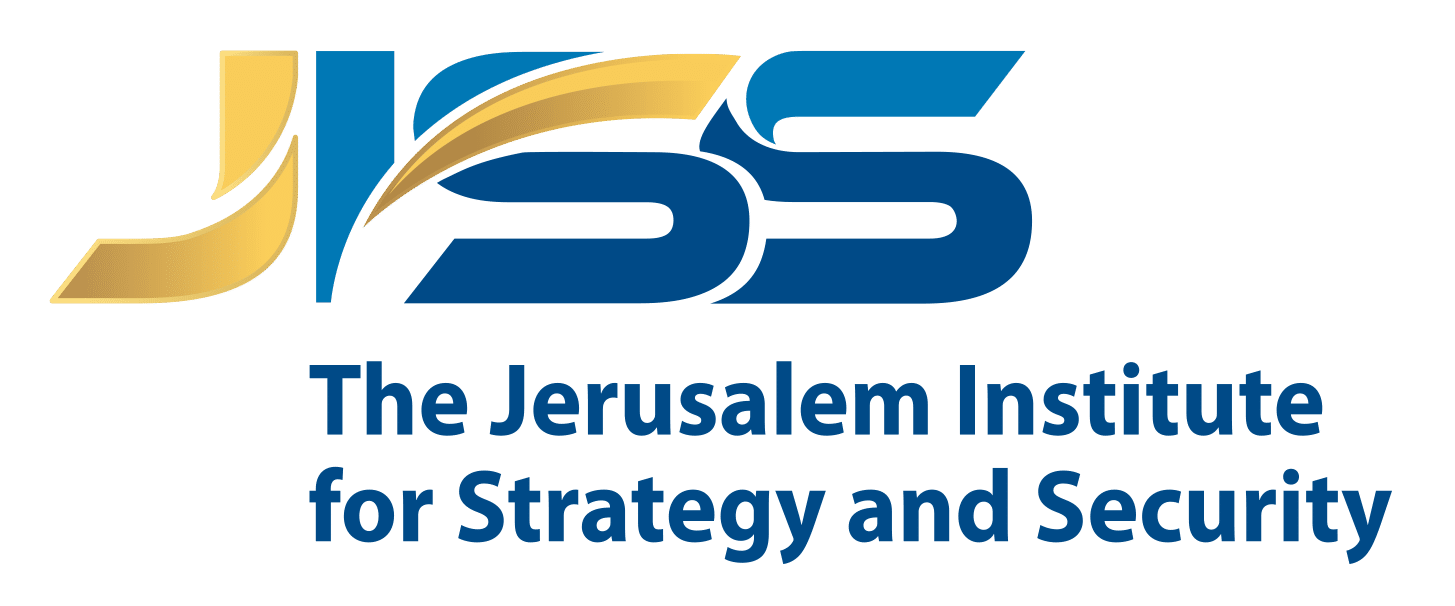



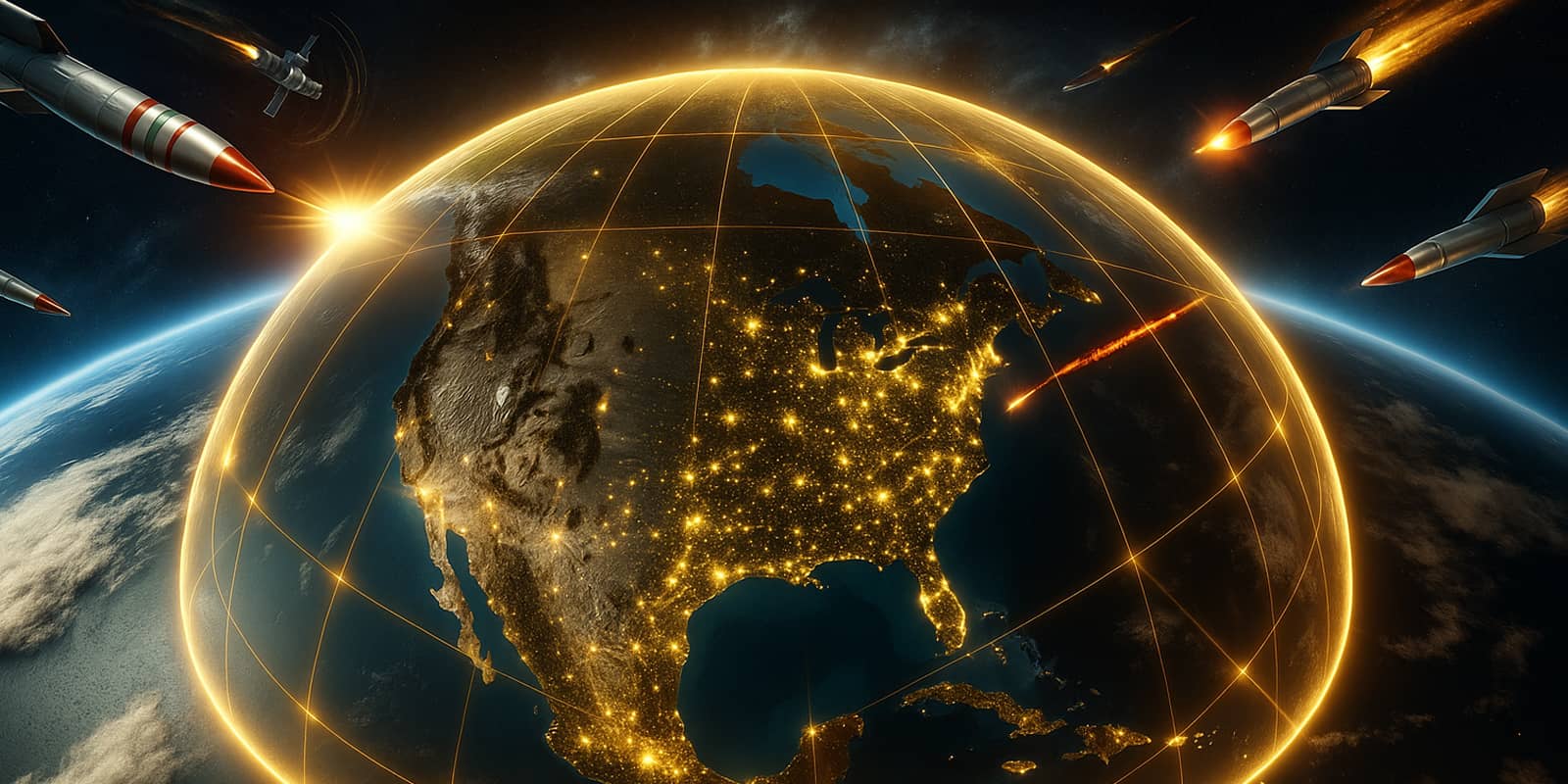

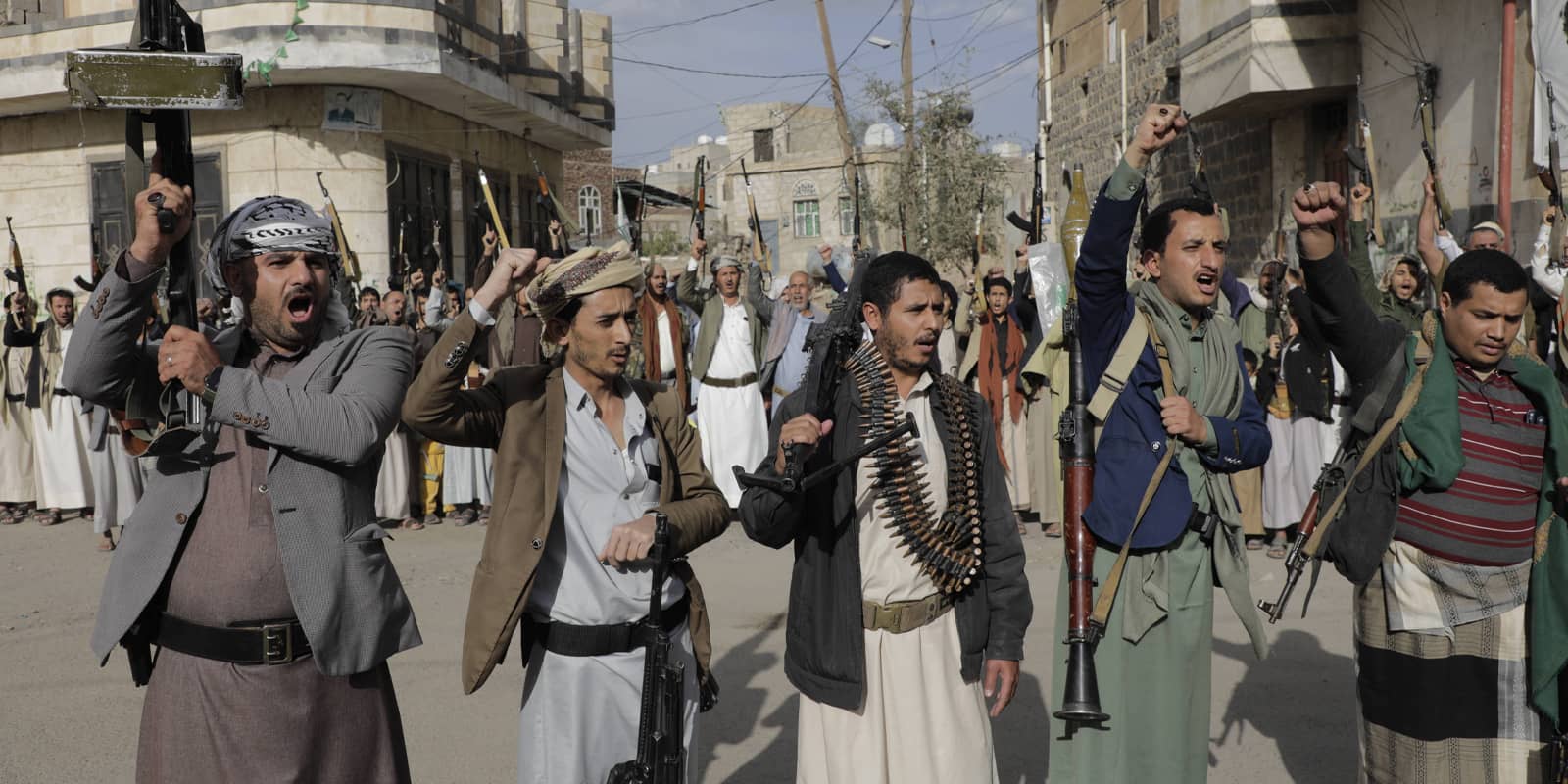
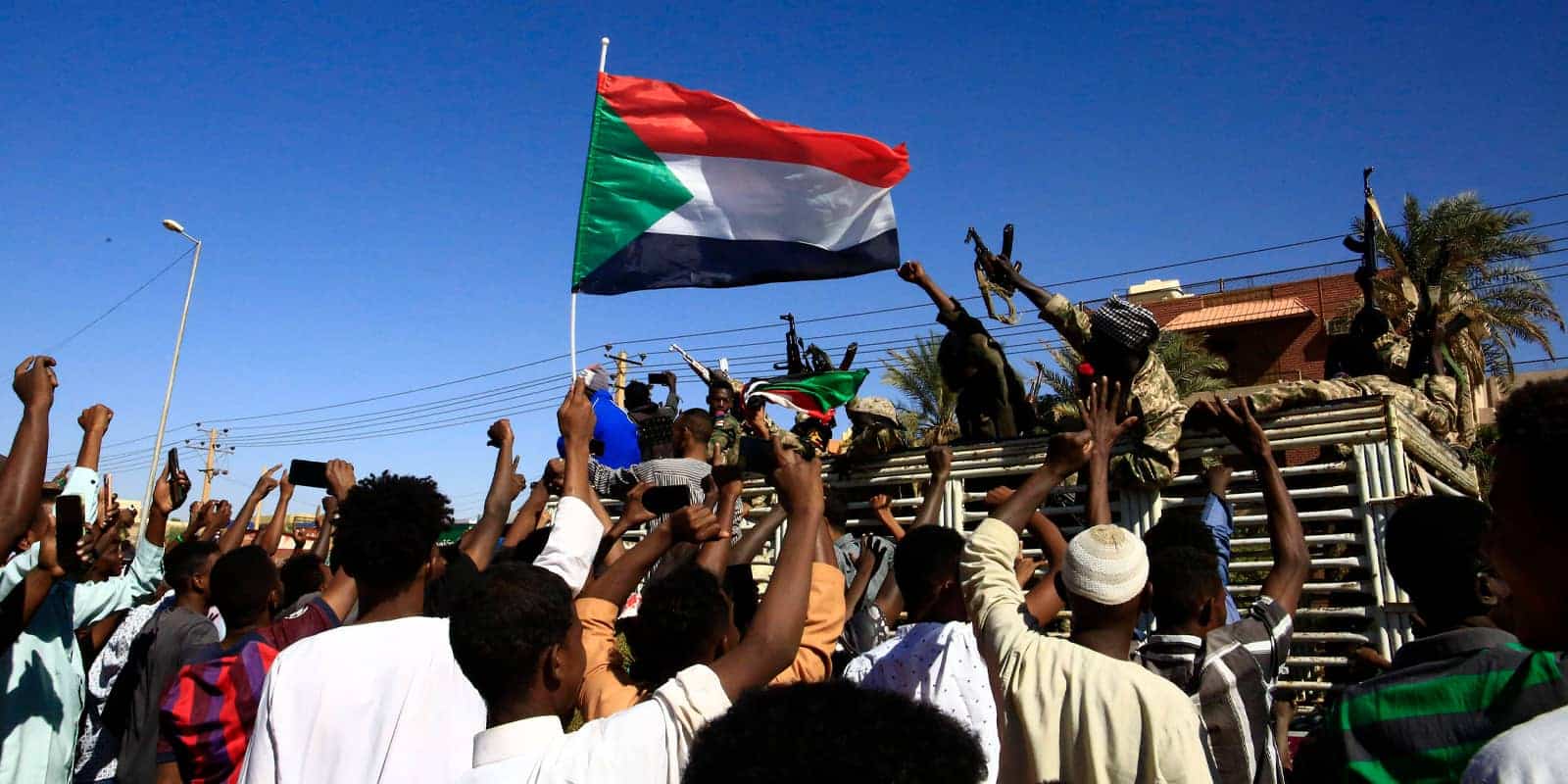
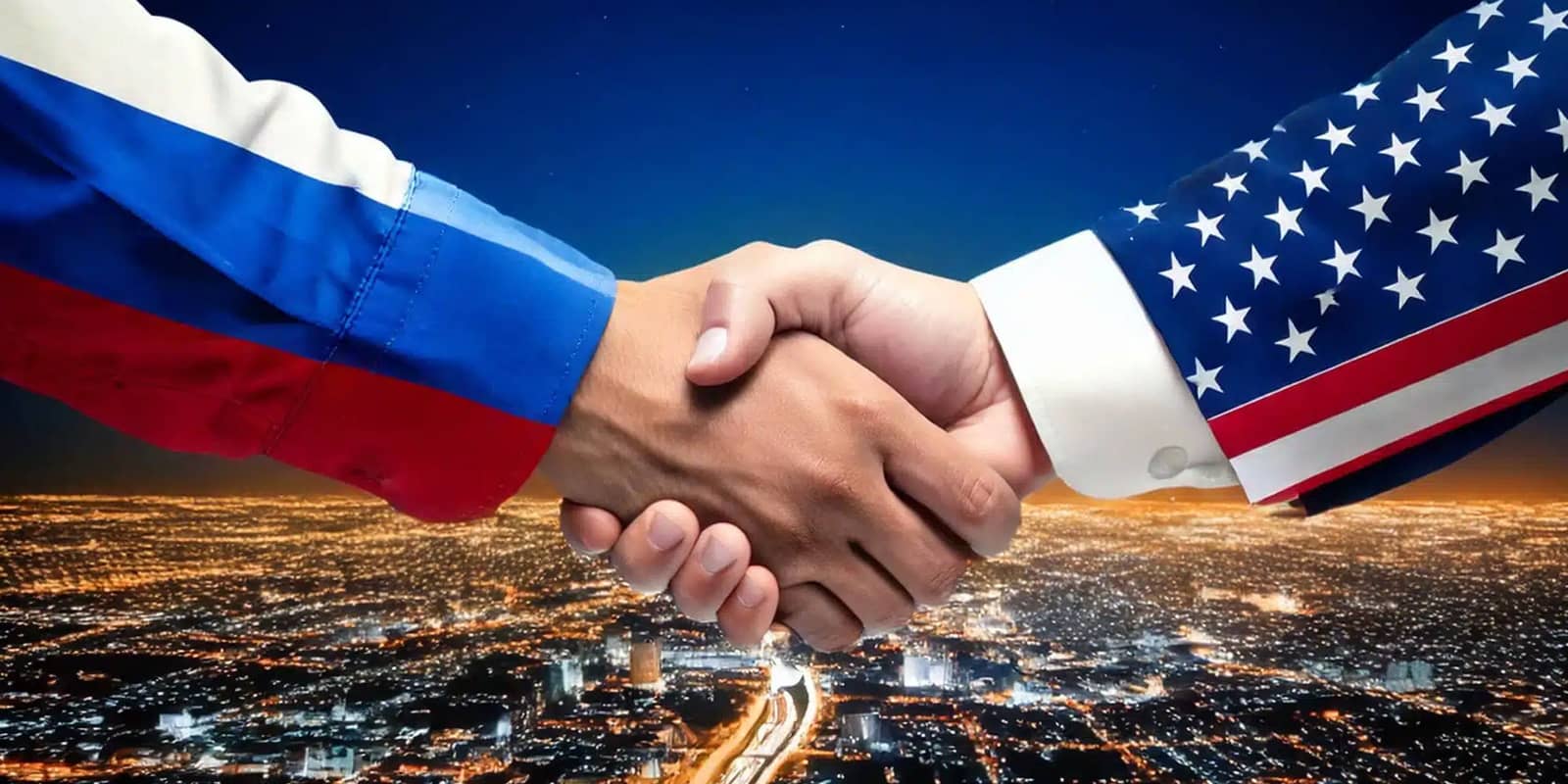
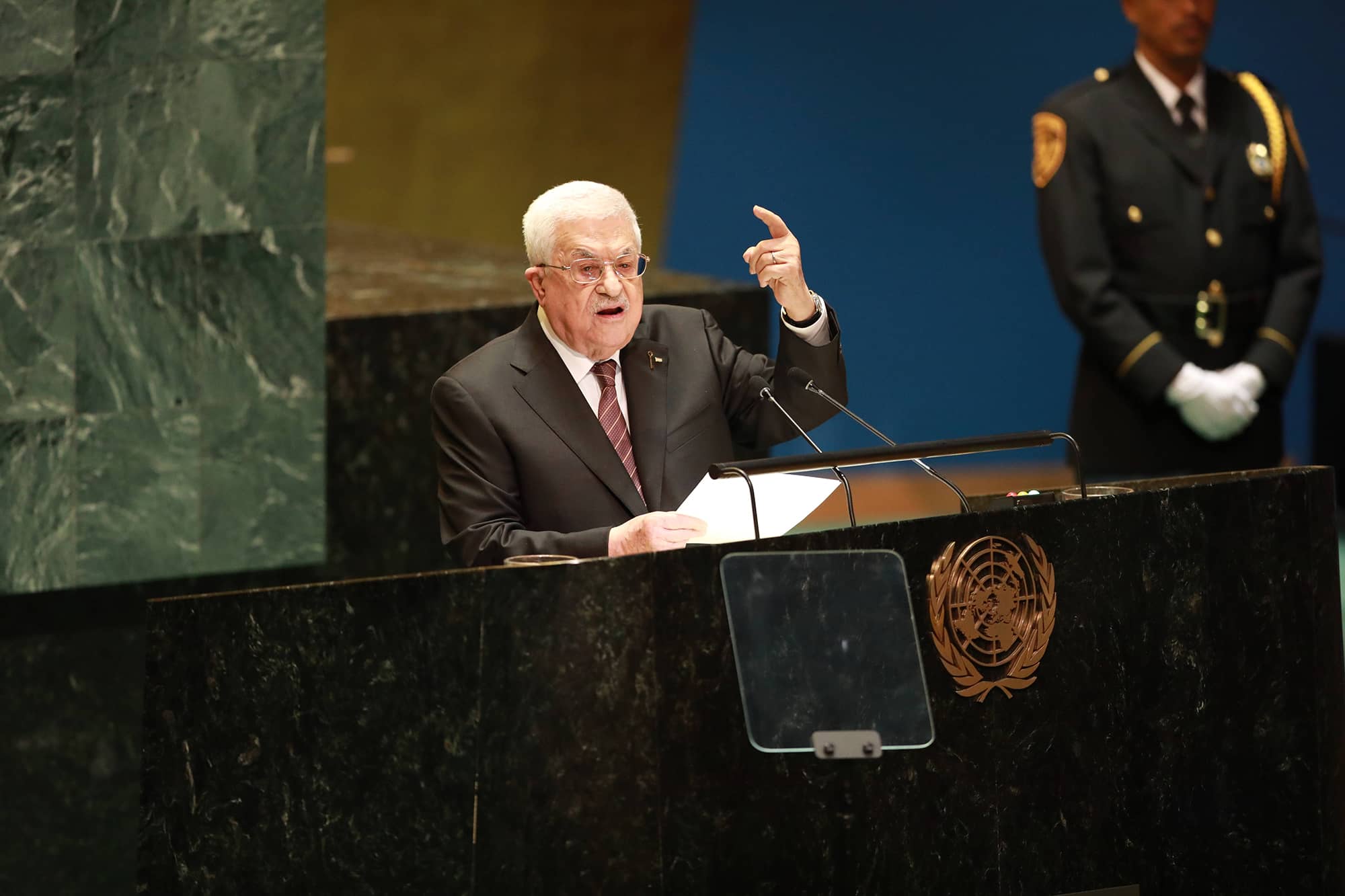
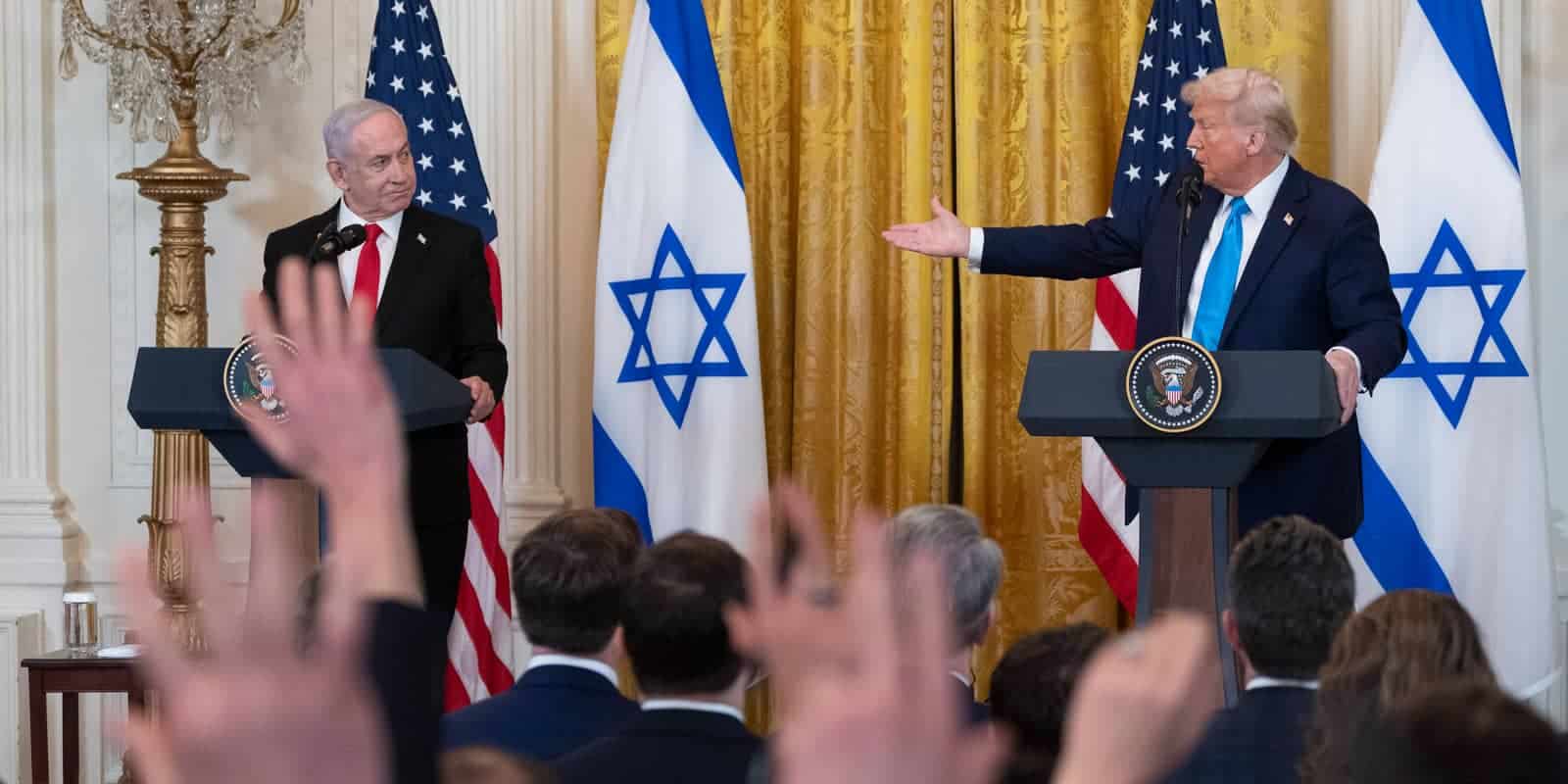

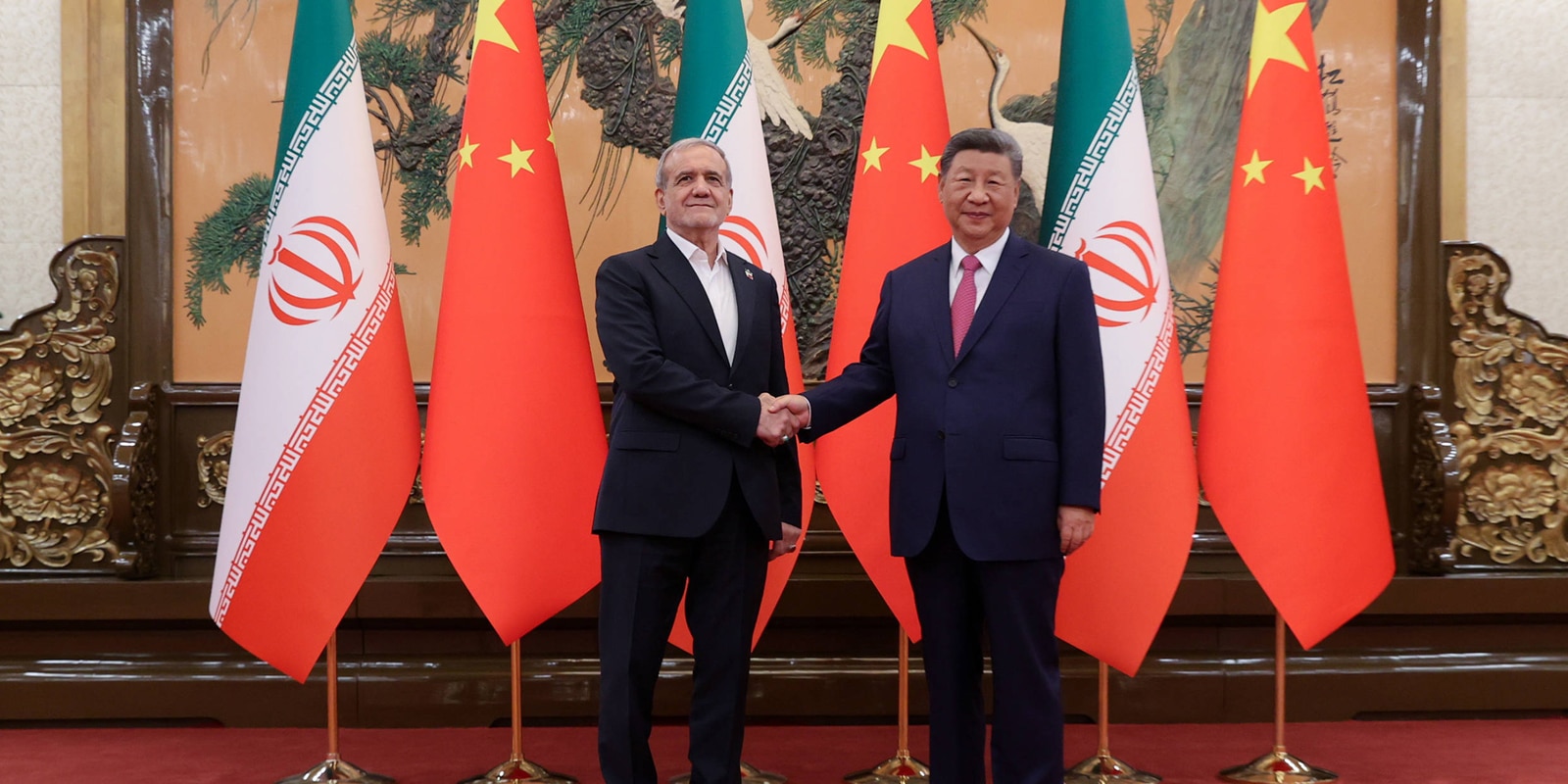
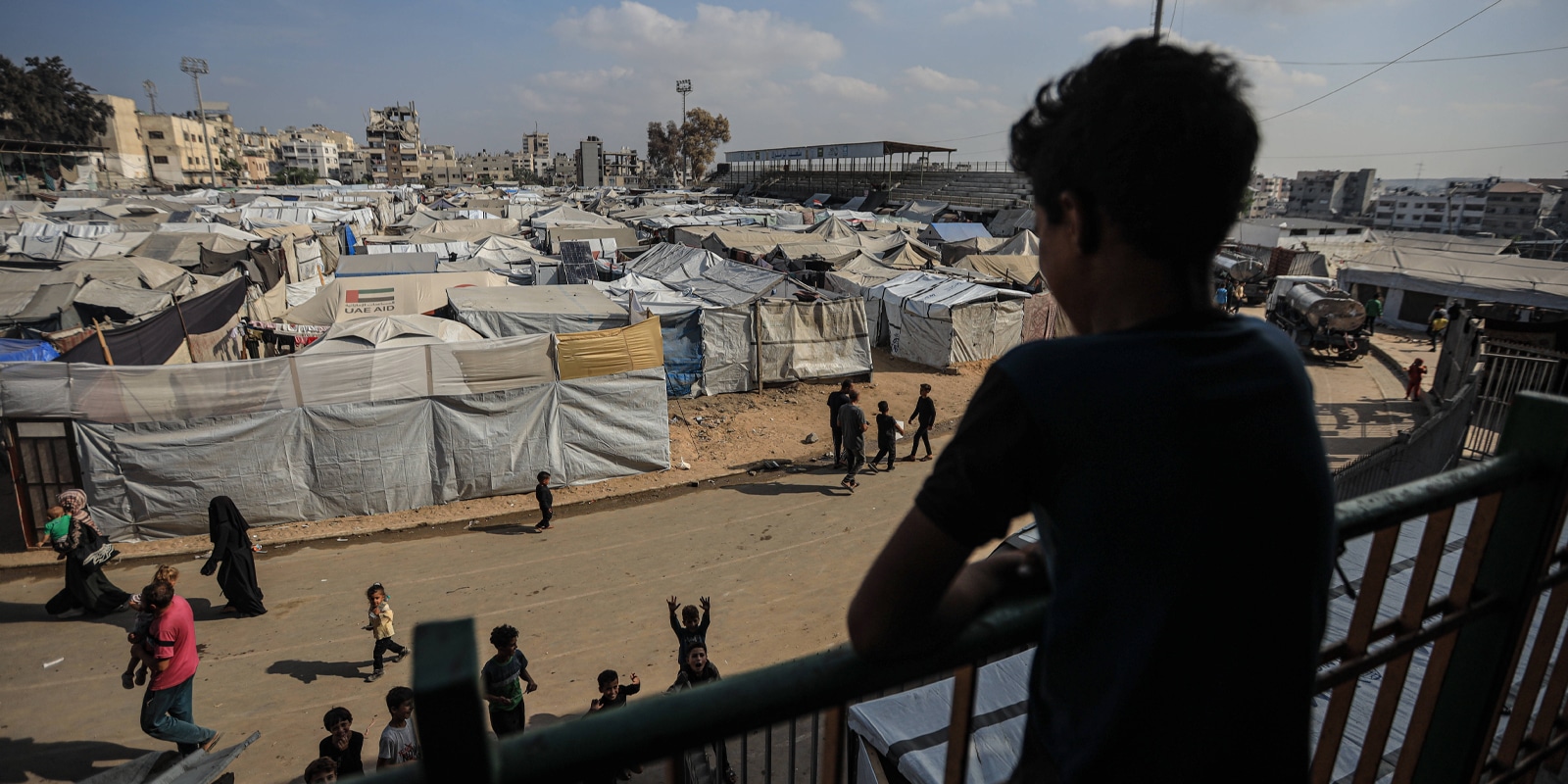

Disarm Hamas or Face a Partitioned Gaza